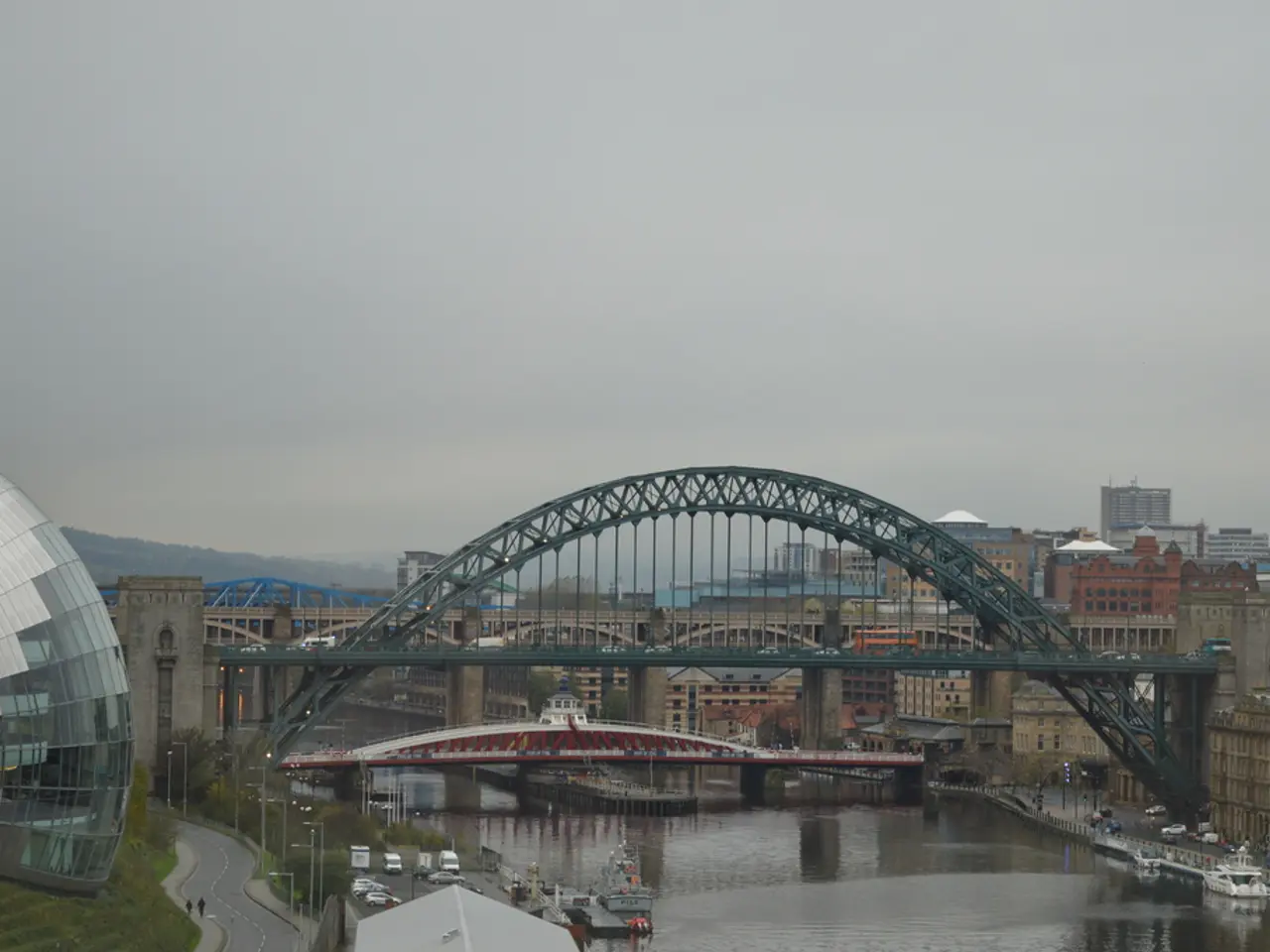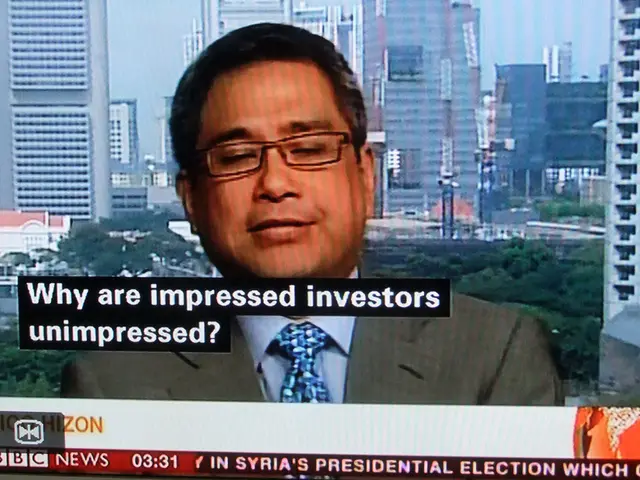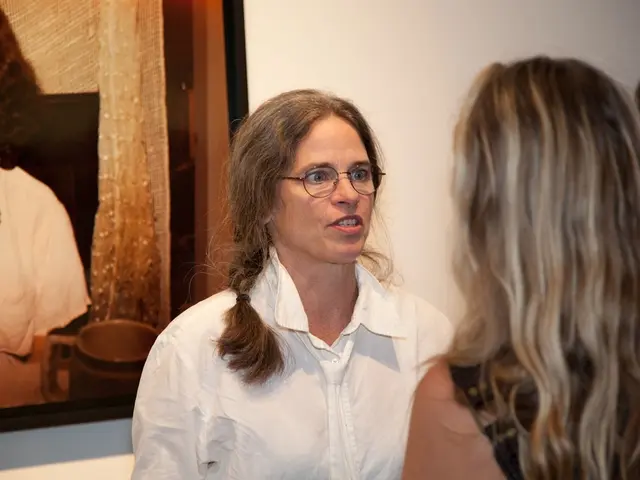Barcelona's Superblocks & Havana's Urban Farms: Community-Driven Climate Solutions
Barcelona's innovative Superblocks initiative is transforming congested neighborhoods into pedestrian-friendly zones, while Havana, Cuba, boasts over 8,000 urban farms and gardens that feed the city. These community-led projects are part of a global trend towards nature-based solutions that mitigate climate risks and generate economic benefits.
Barcelona's Superblocks initiative, driven by local buy-in, is reclaiming streets for people, reducing car traffic, and creating green spaces. Meanwhile, Havana's urban farms and gardens annually produce between 50-100% of the city's fresh produce, ensuring food security and reducing the need for imports.
In Philadelphia, the Green City, Clean Waters project uses green infrastructure to manage stormwater, reducing flooding and improving water quality. Similarly, Bangkok's Bang Bua Canal initiative, led by residents, has decreased local flooding and enhanced water quality. These neighborhood-level solutions collectively mitigate climate risks and generate economic benefits.
Every dollar spent on climate resilience and preparedness saves communities $13 in damages, cleanup costs, and economic impact. This is evident in New Orleans' Gentilly Resilience District, where community-led adaptation planning ensures culturally relevant and sustainable solutions. In California, the Cool Roof program reduces indoor temperatures by 2-3 degrees F and cuts air conditioning costs by up to 30% during heat waves.
Funding micro-grants for grassroots resilience projects can support local initiatives like urban farms, rain gardens, and community-led cooling hubs. Cities across the United States have introduced such programs to enhance urban climate adaptation. In Jakarta, community groups build decentralized rainwater harvesting systems, saving households an estimated $200 per year on water costs and reducing strain on the municipal supply. Grassroots efforts like community gardens also enhance food security, increase green space, and strengthen community ownership.
Community-led initiatives are proving effective in mitigating climate risks and generating economic benefits. From Barcelona's Superblocks to Havana's urban farms, these projects demonstrate the power of local buy-in and grassroots efforts. By investing in such initiatives, cities can enhance climate resilience, improve quality of life, and support sustainable development.








